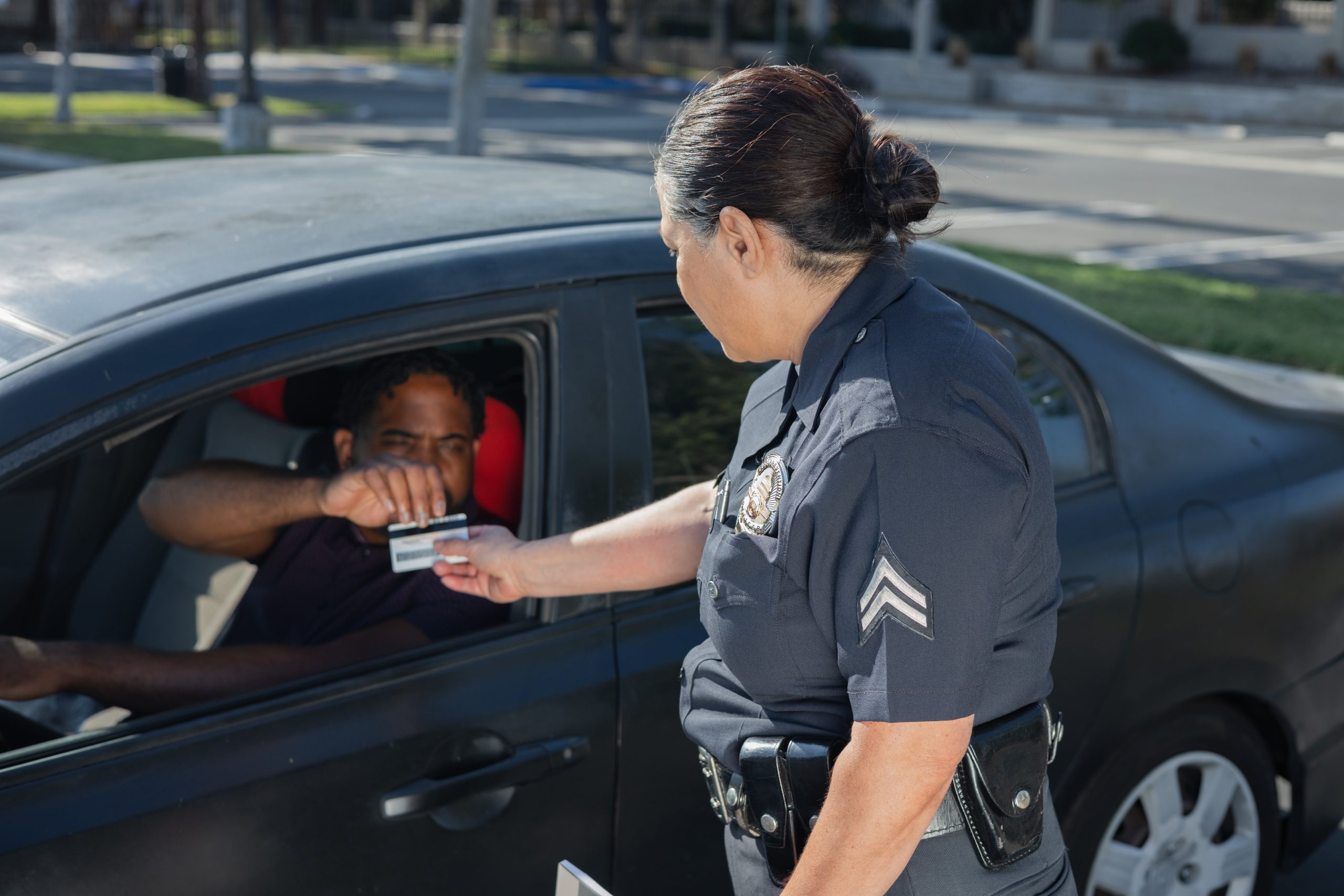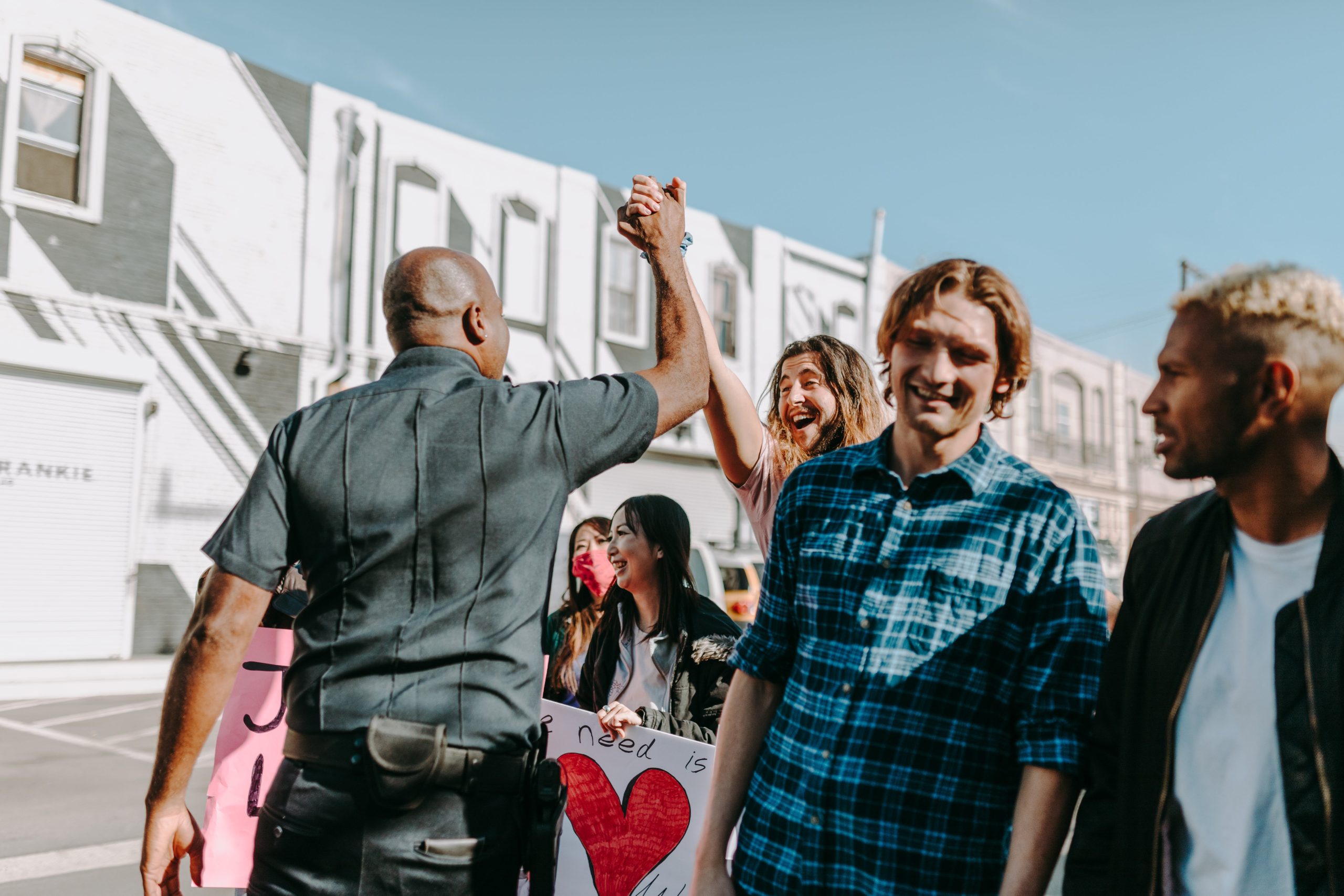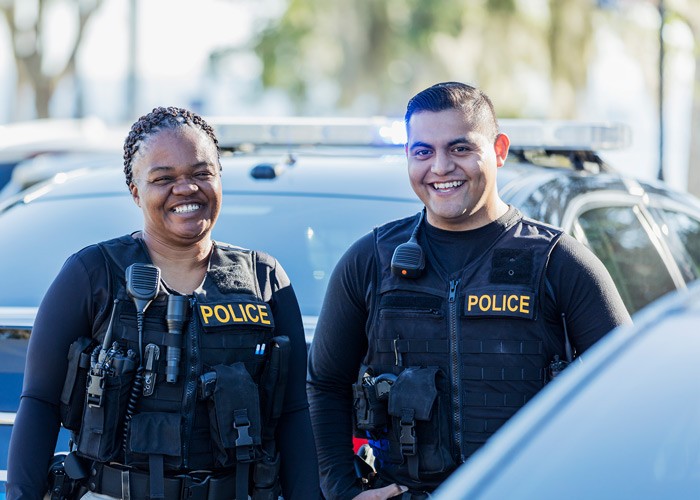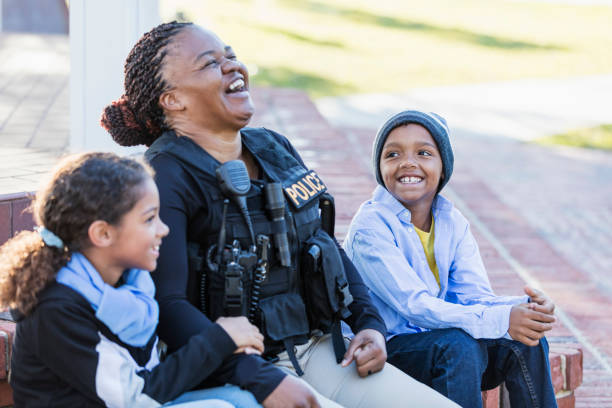Trust in law enforcement has declined sharply in recent years, with less than half of Americans expressing confidence in the police as of 2024. According to a major survey conducted by pew research, only 42% of respondents said they have a great deal or quite a lot of confidence in the police, down from 56% in 2013. This erosion of trust presents significant challenges for law enforcement agencies seeking to build strong community relations. However, through a renewed focus on community engagement, advancements in training and accountability, and leveraging technology, police departments can rebuild rapport with the citizens they serve.
The Current State of Law Enforcement Trust
High-profile incidents of police misconduct over the past decade, coupled with broader debates about systemic racism in the criminal justice system, have damaged public trust in law enforcement. Events such as the 2020 George Floyd protests brought these issues to the forefront of public discourse. Although polls showed a slight rebound in confidence levels through 2021, trust declined again amid continued protests against police brutality.
Recent surveys reveal deep divides along racial, socioeconomic, and political lines when it comes to law enforcement perceptions. A 2022 Pew Research study found that only 19% of Black Americans have confidence in the police, compared to 56% of White Americans. Additionally, less than one-third of people with lower incomes view the police positively. However, among Republicans and those with higher household incomes, trust is significantly higher at around 60%.
Beyond surveys, concrete data on use of force and misconduct further demonstrate the need for improved accountability and community relations. Federal statistics show that police killed an average of 1000 civilians per year over the past decade, with Black Americans being killed at over twice the rate of White Americans. Meanwhile, cities across the country paid out over $3 billion in settlements for police misconduct cases between 2014-2021, pointing to systemic issues with officer training and discipline protocols.
Rebuilding community trust in law enforcement remains an urgent priority, requiring proactive efforts by police leadership through positive engagement, transparency, and reform. When citizens view the police as allies working to keep their neighborhoods safe, rather than an occupying force, it fosters mutual understanding and reduces conflict. Your community has feedback but are you listening?
Why Community Engagement Matters
Decades of research have shown that perceptions of police legitimacy directly impact public willingness to cooperate with and empower law enforcement. When people view the police as trustworthy, unbiased, and engaging with the community, they are more likely to report crimes, provide intelligence, serve as witnesses, and encourage youth to explore law enforcement careers. Community policing initiatives focused on positive non-enforcement interactions have been proven to enhance perceptions around fairness and trustworthiness.
Success stories like the Dallas Police Department’s Community Police Program demonstrate the benefits of strong community engagement. Launched in the 1990s, the initiative assigned officers to specific areas to foster relationship building. Officers were encouraged to conduct daily non-enforcement “park, walk and talks” to interact positively with citizens. The results were overwhelmingly positive, with 93% resident approval ratings for the program by 2010. Crime also declined significantly in the areas served. This program became a model for departments seeking to prioritize public engagement.
Other cities have also made progress through community-oriented training programs. In recent years, the San Francisco and Sacramento police departments have partnered with racial justice non-profits to conduct extensive anti-bias and de-escalation training. Combining education with dialogue, these sessions brought officers and community members together to share perspectives, reducing negative stereotyping. Post-training surveys showed improvements in mutual understanding.
While single events and programs are impactful, community engagement must become central to a department’s day-to-day culture and operations. By making public service a core tenet, law enforcement can gradually restore community trust.
New Training and Accountability to Improve Policing
Along with engagement, modernizing police training and accountability practices is crucial for improving community relations in the 2020s.
Research shows current police academy training often lacks robust education on de-escalation, bias awareness, crisis intervention, and constructive communication skills. Use-of-force simulations also frequently teach extreme “warrior mindset” responses over nuanced conflict resolution.
However, updated training programs are aiming to address these deficiencies through immersive, multifaceted approaches. For example, the Police Executive Research Forum’s Integrating Communications, Assessment, and Tactics (ICAT) training uses realistic scenario-based sessions focused on proper threat assessment and minimizing force. Over 200 departments have adopted ICAT since 2016, with some reporting as high as a 30% drop in use of force after implementation.
Technological tools are also assisting officers in evaluating and resolving tense situations appropriately in the field. AI-enabled platforms like Respond Analytix rapidly analyze bodycam footage to alert supervisors if risky behaviors are detected, enabling early intervention. Meanwhile, smart weapons like the X2 Taser provide instant biofeedback to officers on whether their force level is proportional.
Along with education, robust accountability and transparency processes ensure officers uphold modern standards. Key measures include the use of early intervention systems to detect problem behaviors, open data release on use of force statistics, civilian oversight boards with investigative authority, and mandatory body camera policies. Although adoption of reforms varies widely across regions, federal initiatives like the George Floyd Act seek to institute higher national standards.
While training and accountability are still evolving, it is clear updated approaches are necessary to restricting police violence and addressing biases. Coupled with community engagement, these efforts can demonstrate a department’s willingness to sincerely improve in response to public demands.
Emerging Police Technologies to Enhance Community Relations
Law enforcement agencies today have an array of new technologies at their disposal to both improve community relations and overall public safety. Platforms focused specifically on community engagement are invaluable for receiving resident feedback in real-time.
Social media has become a common tool used by police departments to directly interact with the public, humanizing officers and sharing important updates. Nearly 100% of agencies now have Facebook pages, with 80% active on Twitter. The Delaware State Police leverages various platforms creatively, hosting live Q&As and sharing videos of officers reciting the police oath. Overall, research indicates social media usage improves perceptions of transparency and accessibility.
Survey tools also enable critical communication with community members. Platforms like Peak Democracy’s National Research provide localized polling on public safety issues, which several cities have utilized to guide enforcement priorities. For example, insights from over 5,000 respondents recently helped the Louisville Police Department increase foot patrols based on areas of concern.
Specialized community engagement platforms take a more proactive approach by generating ongoing, constructive feedback at scale. As we’ll explore next, these solutions can provide police departments with invaluable insights from those they serve.
Introducing Officer Survey for Enhanced Community Feedback
Officer Survey represents an innovative new citizen engagement platform designed specifically to help police departments manage community interactions, while enabling confidential assessment.
The end-to-end software system allows agencies to conduct targeted surveys among community members based around recent interactions or general perceptions. Unique officer-specific survey links are generated, which can be provided to citizens through outreach programs, social media, and via officers in the field.
The intuitive survey builder interface enables departments to easily create and customize polls asking residents for feedback on elements like officer conduct, explanation of actions, resolution of issues, and overall satisfaction. Both numeric rating questions and open comment boxes allow for quantitative data and qualitative insights.
Surveys are mobile-optimized for ease of use and supplemented by optional demographic questions to analyze results across groups. Survey distribution can even be automated for interactions captured in records management systems.
For officers, anonymized aggregate results and feedback reports provide constructive input on successes and areas needing improvement. Supervisors also gain insights to enhance training and coaching.
Overall, the Officer Survey platform delivers a scalable solution to strengthen community relations through a transparent, evidence-based approach.
Why Officer Surveys Enhance Community Trust
Traditional satisfaction surveys often fail to provide police departments with sufficiently detailed insights to drive reforms. Questions are frequently limited to generic impressions of the department overall, rather than feedback on specific interactions. And rarely do surveys connect citizen input directly to the officers involved.
By focusing surveys around recent encounters and tying responses to individual officers, Officer Survey offers far more granular and actionable data on successes and failures in police-community interactions.
For example, if a particular officer receives consistently low ratings related to their communication style across interactions, this allows leadership to recommend supplemental de-escalation training. Similarly, broader trends may emerge around issues like use of force, pointing to the need for department-wide retraining.
The open comment sections provide qualitative narratives explaining what exactly an officer did well or poorly. This enables nuanced lessons, rather than relying solely on numeric scores.
Because the surveys address precise aspects of the interaction, the data better highlights policies and practices in need of reform. If concerns arise around improper stops or searches, new protocols can be implemented to prevent future mistakes.
Overall, Officer Survey provides a methodical approach to gathering community feedback compared to satisfaction surveys covering general perceptions. The comprehensive insights derived can drive meaningful enhancements in performance, accountability, and public trust.
Individual Officer Feedback Supports Growth
Perhaps most importantly, Officer Survey activates a feedback loop directly between community members and police, putting a human face to interactions. Officers receive notifications when they receive new feedback, enabling them to see where citizens felt they excelled or needed improvement.
By tying surveys to officers’ unique IDs, the solution moves beyonddepartment-level insights to provide personalized assessments. Leaders can track each individual’s performance in areas like impartial conduct and empathy.
When concerning patterns emerge around an officer, supervisors can intervene with coaching, counseling, or mandated training as needed. Positive feedback provides reinforcement of effective practices as well.
Interviews with officers using the system indicate the feedback loop supports self-improvement by revealing blindspots. For example, one officer realized from comments that he came across as aggressive when giving commands. He has since focused on projecting calm authority, not hostility.
In Utah, Officer Survey has been piloted in select jurisdictions, showing great promise based on community and officer reactions. The platform is slated to roll out statewide by the end of 2024. Broader adoption could revolutionize police training and accountability.
Conclusion: Building a Modern Police Force
While law enforcement faces steep challenges in improving community relations, emerging strategies provide hope for restoring trust and social stability. Through sincere, sustained community engagement, enhanced training, embrace of new technologies, and a renewed focus on public service, police departments can evolve with society’s expectations.
Initiatives like Officer Survey empower law enforcement leaders with unprecedented insights to rethink policies, protocols, and resource allocation based on a data-driven understanding of what citizens need and expect.
No single solution will solve all issues immediately. However, by fully committing to transparent, collaborative reform, law enforcement agencies can rebuild the public trust at the heart of successful policing. Eliminating systemic flaws and nurturing cultural change is a long-term process. But the future of law enforcement requires nothing less to move forward. Click here to get started.






